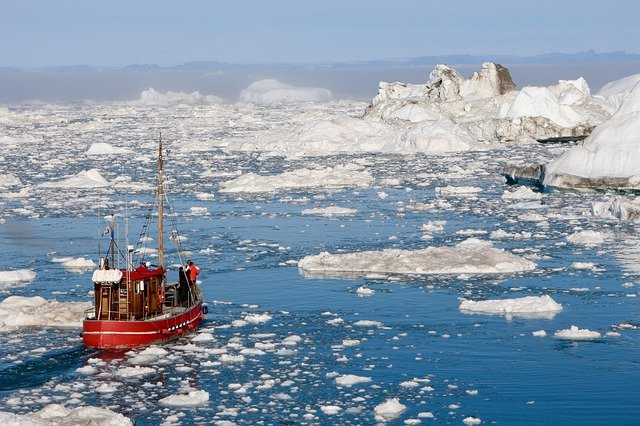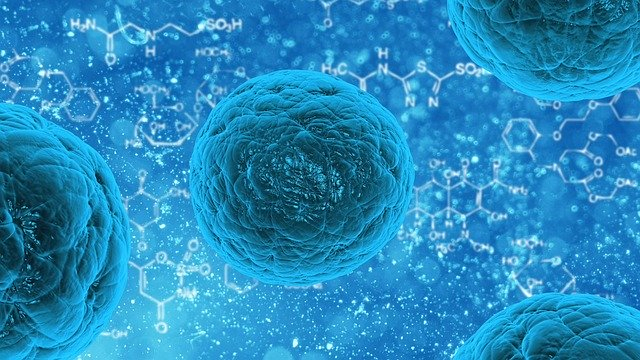The Artic, located at the northernmost part of the earth, consists of the Arctic Ocean and parts of Canada, Russia, US, Greenland, Norway, Finland, Sweden and Iceland. One fascinating species found only in the Arctic is the narwhal which is often referred to as the 'unicorn of the sea' and over the years scientists conducted studies to understand the ecology of the region with an expectation to reveal how creatures can survive in such extreme condition.
Recently a team of Dutch scientists has recently discovered chlamydia related bacteria three kilometres beneath the surface of the Arctic ice.
Chlamydia bacteria
It should be mentioned that the Chlamydia and other related bacteria belong to the family known as 'Chlamydiae'. This bacteria can interact with humans, animals, plants and fungi as well as with microscopic amoeba. However, scientists claimed that they can survive only by attaching themselves to other host organisms.
But in the recent study, researchers at Wageningen University, Netherlands, discovered Chlamydia bacteria in the freezing deep. They believe that the findings could help the scientists to understand how this bacteria became a human and animal pathogen. But unfortunately, they could not recreate the bacteria in the laboratory which is the common problem in terms of research on extremophiles.
Research on Arctic Chlamydia bacteria

The scientists who conducted this research had been studying several species of microbes three-kilometre deep into the Arctic Ocean. It was included in their study to understand how life can survive in extremely cold conditions void of oxygen, known as extremophiles. The lead author of the study, Jennah Dharamshi from Uppsala University in Sweden said that the findings of Chlamydiae are "extremely unexpected." She also said that the discovery has raised questions on their availability in the Arctic.
The research team also noted that one of the Chlamydiae was closely related to the bacteria which causes infections in humans. They said the finding could also unlock the secret of how the microbial life became a sexually transmitted infection.
As per Dharamshi the recent "Finding that chlamydia has marine sediment relatives, has given us new insights into how chlamydial pathogens evolved." In addition, Wageningen researcher Daniel Tamarit said that the bacteria have likely been missed in many early surveys of microbial diversity. He said that bacteria belong to Chlamydiae family "Could be playing a much larger role in marine ecology than we previously thought."

Thijs Ettema, a professor in Microbiology at Wageningen University & Research, who also led the research revealed that while the vast majority of life on earth is microbial, most of it can't be grown in the lab but by using genomic methods scientists can obtain a clear image on the diversity of life.
Prof Ettema said, "Every time we explore a different environment, we discover groups of microbes that are new to science. This tells us just how much is still left to discover. Even if these Chlamydiae are not associated with a host organism, we expect that they require compounds from other microbes living in the marine sediments."
Additionally, Ettema also stated that the environment these bacteria are thriving, is extreme and without oxygen and under high pressure it would be challenging for them.









